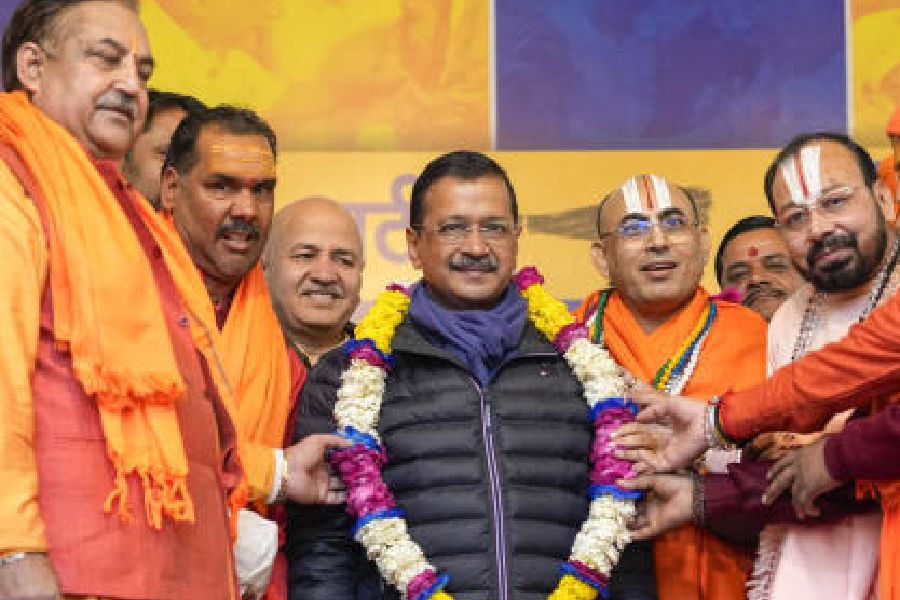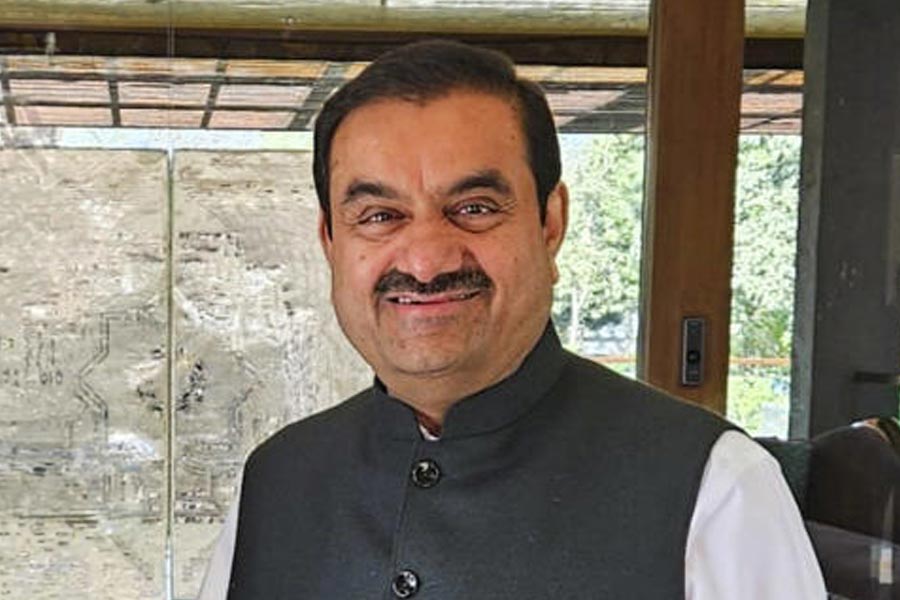Vaccination or immunisation is a process by which a person (often a child or a pregnant woman) is made immune to certain diseases. Before the era of vaccination, diseases like small pox and tetanus killed many infected persons. Concentrated efforts on the part of our government and WHO have completely eradicated smallpox and reduced the incidence of many other diseases.
People have short memories. When one or two generations grow up without seeing a particular disease, they tend to forget that it ever existed. Also, as most people are immunised, the spread of some diseases slows down. People become careless about taking timely or booster doses required to preserve their immunity to that particular disease.
Children are disease naïve. This means that as they are exposed to thousands of bacteria and viruses at home and in school, they can become repeatedly sick. This negatively impacts the health and well-being of the child. Parents also have to stay home from work. Treatments and hospitalisation are expensive. Some children are left with long-lasting sequelae like deafness, blindness, brain damage or even sterility.
All diseases are not prevented by immunisation. Parents feel that they “immunised” the child but he or she may still lose many school days because of bacterial or viral infections. Immunisations are available against dangerous and fatal infections which leave permanent disabilities. Immunisation against one disease does not protect against another.
One commonly ignored vaccine is the flu vaccine. The first dose is given after the age of six months and the second dose a month later. The flu-causing virus mutates every year, so yearly boosters have to be taken, preferably before the flu season starts. People feel flu is a mild, self-limiting disease. It is most of the time but it can cause complications like ear infections, sinusitis, pneumonia or a cough that just refuses to clear up. It can be fatal in the elderly.
The government does not provide free immunisation to children against chicken pox or typhoid. In many people, these infections may be mild. In others, chicken pox can cause serious complications. Typhoid can cause death.
There are two common viruses causing jaundice, hepatitis B and A. Hepatitis B is a severe disease and the government provides free childhood immunisation. Hepatitis A vaccine is not free. It tends to cause a milder disease but may lead to many lost school and college days. It is probably worth paying for.
Many newer techniques are now used to manufacture vaccines. They may be live-attenuated and inactivated; subunit, recombinant, polysaccharide and conjugate; toxoid vaccines; messenger RNA (mRNA) or viral vector vaccines. Smaller amounts of the reagent are used. The needles are sharper. The pain and reaction are less. They work by making the body remember so that the next time it comes in contact with a similar germ it reacts, attacks and destroys it.
There are around 31 vaccine-preventable diseases. Some like the Covid vaccine or cholera is given only during epidemics and yellow fever during travel. Pneumococcal and Herpes Zoster vaccines are recommended for adults. Families who have pets like dogs, cats or monkeys should have pre-exposure (three doses) immunisation against rabies. Asymptomatic pets can be carriers. The disease is fatal and has no cure.
Maintain your child’s immunisation chart and check with your pediatrician to ensure the vaccines are up to date.
Remember, childhood immunisation starts at birth and goes on until the age of 16. If doses are missed, “catch-up” immunisation can be done. Don’t be lulled into a false sense of security because your children are “healthy”. You need to keep them that way.
The writer has a family practice at Vellore and is the author of Staying Healthy in Modern India. If you have any question on health issues please write to yourhealthgm@yahoo.co.in











